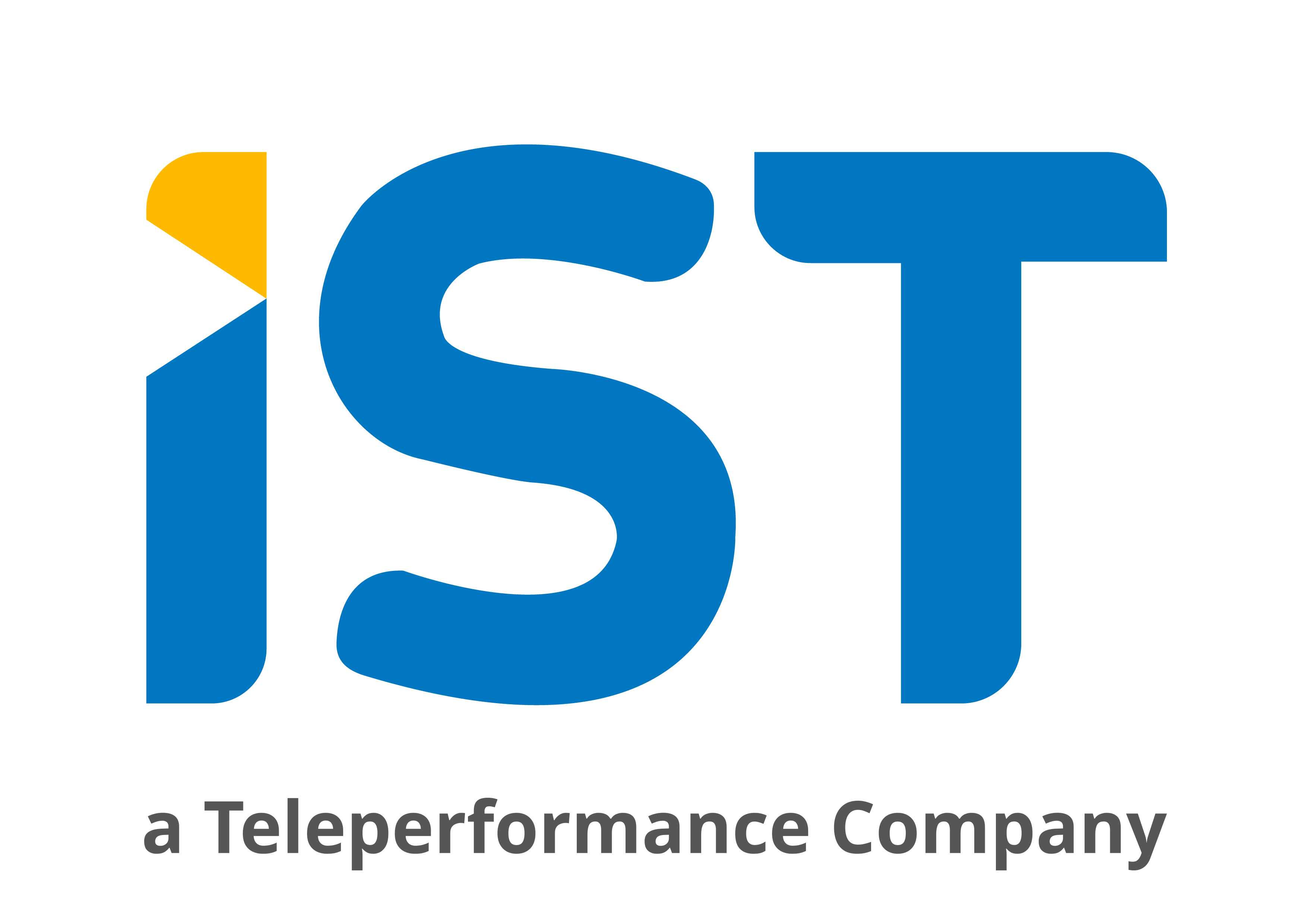
In a digital economy there is a disruptive trend that is creating new ways for work gets done. In the past, organizations offshore high volume back office production and IT operations to take advantage of cheaper labor, Today not so much, labor costs have trended up, in the software power and digital labor is now cheaper quicker and productive than old school labor ever was. It’s interesting to note that the total contract value for outsourced and managed services has declined from 138 billion in 2007 to just 62.7 billion in 2017 with cost savings ranging between a mere 5%-10%, compared to cost savings in the range of 25% to 40% with RPA.
a number of popular organizations are pivoting from human-labour to robotics (whether assisted or standalone) for high volume and high transaction manual process and this pivot is happening fast. So, why is the pivot to digital labor so important? Because Robotic Process Automation savings in terms of dollar value are far higher than traditional approaches to labor cost savings and compliance. it’s not only about also immediate saving, but with Robotic Process Automation (RPA), you can increase your accuracy specifically when it comes with compliance.
Take the case of compliance in the Banking and Financial service industry, as an example. It will cost more than double in the next 5 years to ensure that industry is compliant with governmental regulations. Here is the good news, if you are in a highly regulated industry, the speed accuracy and analytics of Robotic Process Automation (RPA) will cut down for you the compliance cost and cut risks,. The beauty of RPA is that it fully tracks and documents each step in an IT or business process.
On top of that software’s robots work 24/7 365 days a year, don’t call in sick or take vacations and minimize processing errors. The RPA system boosts employees’ productivity. As software robots increasingly handle rule base, repetitive and dangerous work. It frees up employees to do more value added activities to the organization to drive customer loyalty and long term customer value. RPA is a critical success factor to compete and win in the digital economy
The growth of Robotic Process Automation (RPA) technology has already come a long way from machines connecting car parts. RPA continues to alter how many companies approach their business activities, especially when it comes to scaling and streamlining processes.
RPA is moving from back office to front office or with more customer-facing tasks. Through its automation capabilities, RPA allows organizations to deliver higher quality services to customers more quickly. Examples include creating receipts, confirmations, invoices, or other forms of documentation for online transactions, RPA will permit organizations to deliver higher quality services to their customers more rapidly, correctly and at least cost.
Industry analysts anticipate the arrangement of RPA solutions with even more intelligent technologies has greater prospective. More reasoning automation is on the horizon. Bots are already able to automate simple, repetitive processes, the blend of RPA with these intelligent
platforms, means they will soon be able to improve their own performance and make complex decisions with slight additional human intervention or programming. For More information on RPA and personalized demos please click here.

